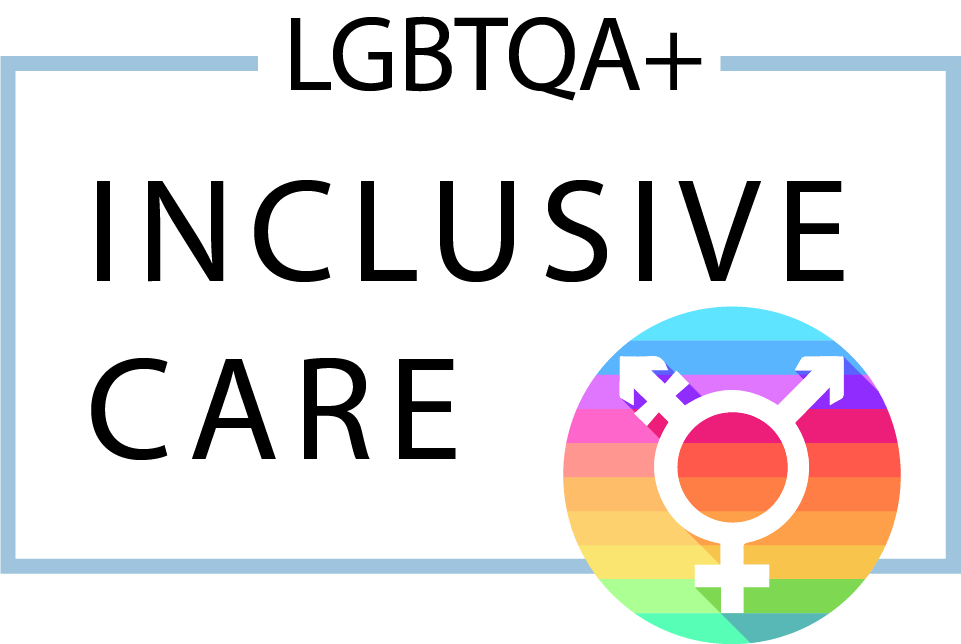If you are looking for the most effective tools to manage anxiety (and even eliminate it), you are in the right place.
In this article, we will look at the 15 best strategies you need to master to get your anxiety under control.
Table of Contents:
- What is Anxiety?
- Tools to Manage Anxiety
- Strategy 1: Deep Breathing
- Strategy 2: Progressive Muscle Relaxation
- Strategy 3: Exercise
- Strategy 4: Get Organized
- Strategy 5: Self-Care
- Strategy 6: Acceptance
- Strategy 7: Mindfulness
- Strategy 8: Journaling
- Strategy 9: Positive Affirmations
- Strategy 10: Do Something Fun
- Strategy 11: Get Out In Nature
- Strategy 12: Break Out of Isolation
- Strategy 13: Face Your Fears
- Strategy 14: Challenge Your Thinking
- Strategy 15: See a Therapist
Let’s jump right in!
What is Anxiety?
Anxiety is a feeling of worry, tension and unease, which can be mild or severe. Everyone feels anxious from time to time – it’s a natural reaction to situations that we perceive as threatening, challenging or unpredictable.

In most cases, anxiety will quickly go away once the stressful or worrying situation has passed. In some cases, however, feelings of anxiety persist and can interfere with everyday life – you may find it hard to control anxious thoughts and behavior.
Persistent anxiety is the result of an overactive fight-or-flight response in the body. Your body is preparing for danger, even when one does not exist.
This over stimulation of the body can cause symptoms like:
- Tense muscles
- Rapid heartbeat and breathing
- Increased blood pressure and body temperature
- Upset stomach or nausea
- Dizziness or faintness
- Restlessness
- Heart palpitations
- Nausea
- Trembling
- Shortness of breath
- Cold/clammy hands and feet
- Muscle tension
- Dizziness/lightheadedness
- Dry mouth
- Excessive perspiration

There are a number of different reasons why people feel anxious: – It could be the result of a traumatic event in your past e.g., early childhood abuse or bullying – It could be because you have a tendency towards “negative thinking” and interpreting everyday events as threatening – Your genes might also make you more vulnerable to feeling anxious.
An estimated 40 million American adults suffer from some form of anxiety disorder, which makes finding ways to cope an important part of maintaining a healthy lifestyle.
Fortunately, there are several positive coping strategies available that can help manage symptoms when they arise.Take control of your stress levels with these helpful tools to manage anxiety.
Tools to Manage Anxiety
Strategy 1: Deep Breathing
Although it may seem simple, deep breathing is one of the most important tools for anxiety management.
People often find themselves breathing irregularly or holding their breath without realizing it during moments of high anxiety or stress. This is because the body reacts to stress by attempting to prepare for danger or fight it off (the fight or flight response).
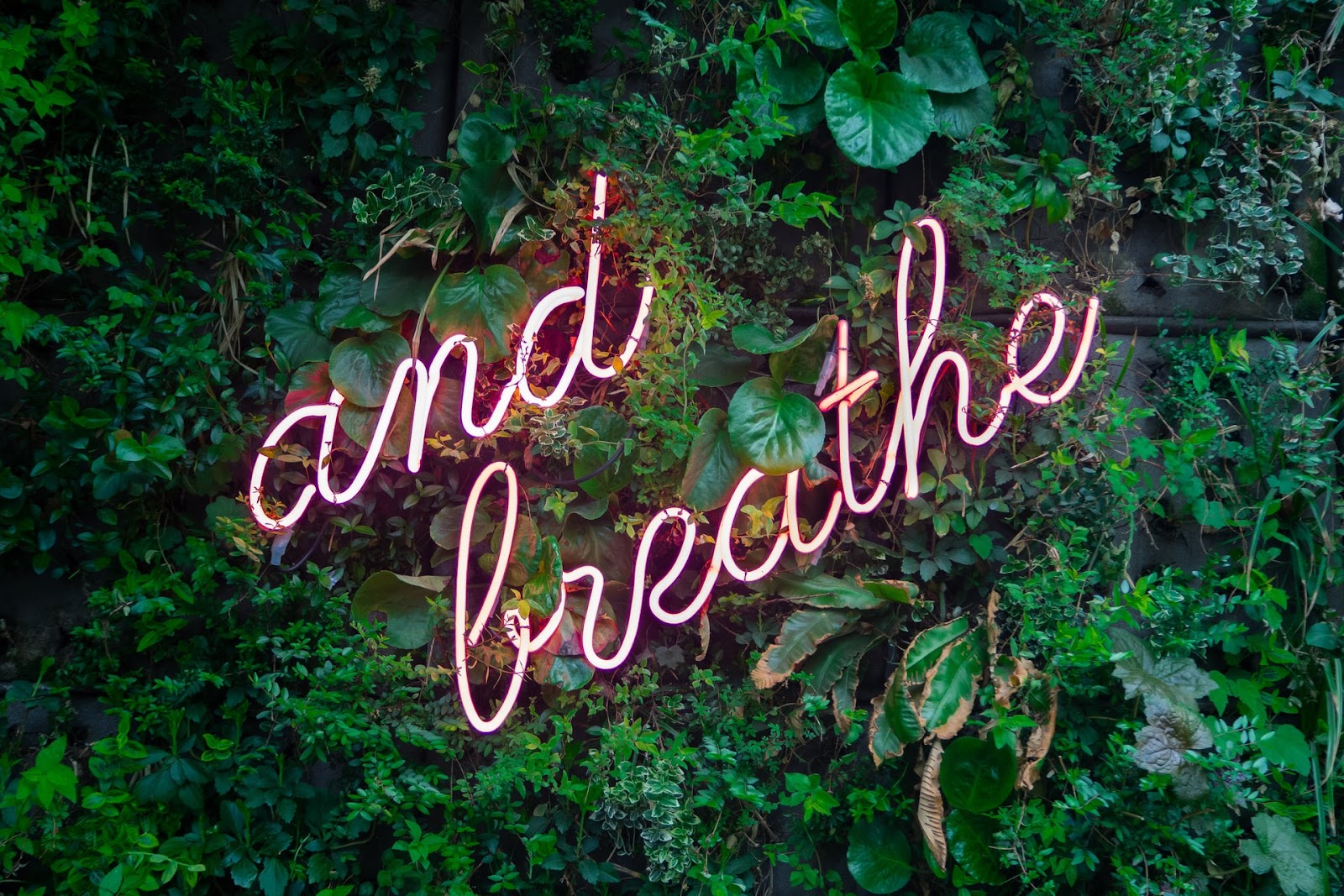
During this process, the body drastically reduces blood flow to non-essential muscle groups (such as the skin and digestive system) in favor of muscles that may be used during the impending stressor (this is why your stomach hurts if you get nervous before giving a speech).
Deep breathing forces the body to send blood back to these muscles, releasing excess chemicals associated with stress and promoting relaxation. Deep Breathing also slows the heart rate, relieves muscle tension/headaches, and triggers your body to release endorphins- chemicals that help you feel relaxed and less stressed.
In order to regain control over your breathing, sit in a comfortable position with your back straight and shoulders relaxed. Inhale slowly through your nose and exhale through your mouth, focusing on the muscles that line the stomach as you do so.
Repeat this process several times for 10-15 minutes, focusing on breathing deeply from your diaphragm (not your chest). Don’t underestimate the power of deep breathing – it can have a profound impact on your anxiety symptoms.
Strategy 2: Progressive Muscle Relaxation

Progressive muscle relaxation is a simple exercise where one tenses and then relaxes each major muscle group (beginning with the feet and moving up through the body) in an effort to slow down the body’s fight-or-flight response.
By forcing your muscles to relax, you are effectively telling your mind that there is no danger present and reversing any negative effects caused by the acute stress response. This particular tool works best for people who tend to feel their anxiety in their shoulders or stomach.
Strategy 3: Exercise
Exercise works like a charm for many people who suffer from anxiety. Physical activity gets the blood pumping, which can reduce feelings of nausea and lightheadedness associated with panic attacks.

Exercise also reduces levels of cortisol (a hormone released by your body in response to stress), making it easier for your body to keep inflammation under control and releases dopamine, serotonin and endorphins – feel good chemicals that can improve your mood and help you feel relaxed. Even taking a brisk walk for 20-30 minutes will help your mind and body feel more at ease.
Strategy 4: Stay Organized
As strange as it may sound, studies have actually shown that a messy environment can make the mind feel more anxious. In contrast, being surrounded by things that are well-organized and tidy reduces stress levels.
Stress is often caused by having too much to deal with at one time. Because of this, it’s very important for you to stay organized in order to reduce your anxiety levels.
Take stock of what you would like to accomplish and break those goals down into manageable tasks. Envisioning yourself accomplishing these goals can help you feel more relaxed, as can having a concrete plan in place. This can help improve your mood and make you feel more in control of the outcome, which are two key components for minimizing anxiety.
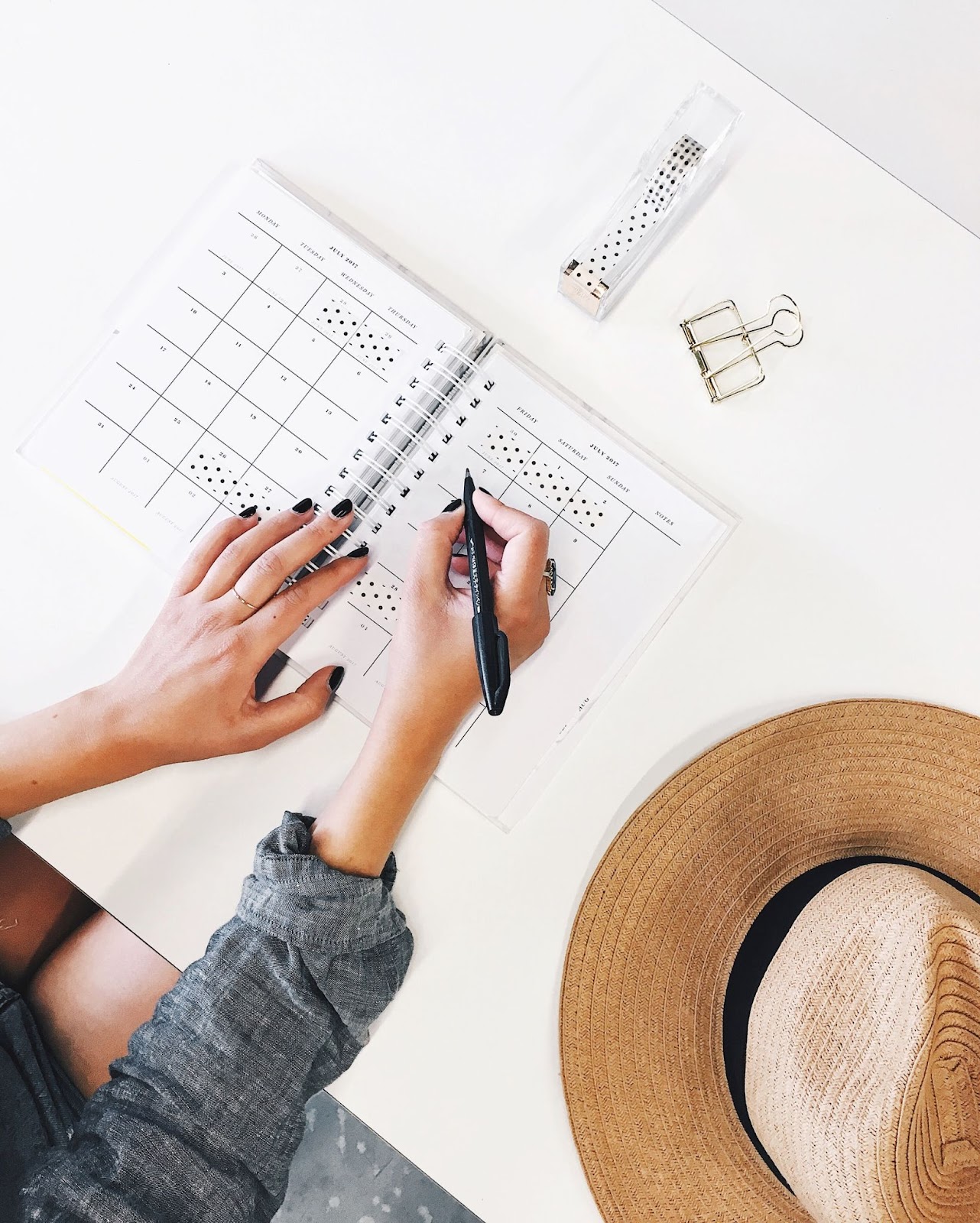
Strategy 5: Self-Care
Take care of yourself by getting plenty of sleep, eating a balanced diet and avoiding alcohol and drugs. Healthy habits make it easier for your body to regulate inflammation, which can reduce feelings of anxiety.
Foods that contain high amounts of sugar or caffeine can cause anxiety by sending blood sugar out of whack. Make sure to avoid sugary snacks and drink plenty of water; your brain needs it!
Strategy 6: Acceptance
At times, there is nothing you can do about the things that are causing you anxiety. True peace comes from accepting and letting go of the things you can’t control while taking ownership of the things you can.
By letting go of what you can’t control, you REFRAME the situation and let go of any negative thoughts or feelings that come with it. While this tool may not provide immediate relief, it can help decrease symptoms of anxiety over time by changing your perspective and your reaction to the source of distress.
Strategy 7: Mindfulness

Meditation is the practice of focusing the mind on a single point of reference for an extended period of time. For people suffering from anxiety, meditation works by quieting the mind, releasing negative thought loops that perpetuate stress and increasing your awareness of bodily sensations.
This forces you to remain in the present moment and takes away from any anxious feelings caused by an overactive “what if” thinking pattern.
Mindfulness exercises are particularly helpful for people who struggle with intrusive thoughts because it keeps your mind occupied with something else so that your thoughts cannot easily wander down dark alleyways of worry or fantasy.
You can get access to our free mindfulness recording → HERE
Strategy 8: Journaling
Writing is a powerful tool for processing and managing emotions. This can be used in combination with mindfulness exercises, where you focus on what is causing you anxiety and write about it to create distance between yourself and the source of distress.
In many cases, simply having this negative thought outside of your head provides enough relief that you no longer need to attach importance to it or dwell on it.

Gratitude journaling is another tool in which you reflect upon one or more things that you are genuinely grateful for each day.
This can include tangible items, such as your favorite outfit, the delicious dinner you ate last night, or your dog’s unwavering loyalty; it can also include intangible aspects of life, like having supportive friends and family members who care about your happiness, or even your ability to read this article on the internet!
The goal of gratitude journaling is to help you recognize that you have plenty of reasons to be happy and optimistic about the future – even if certain aspects of your life are challenging at present.
In addition, regularly taking time out of your day to focus on the positive things in your life can help bring about feelings of calmness and more satisfaction with what you already have.
Strategy 9: Positive Affirmations
Affirmations are declarations of truth that you make to yourself, often recited daily or before going to bed. Their purpose is to remind you of your worth, value, and strength – that are frequently overlooked or forgotten amidst the chaos of everyday life.
By repeating positive affirmations, you can begin to see yourself in a more positive light and learn how to be your own source of encouragement rather than relying on approval from others.
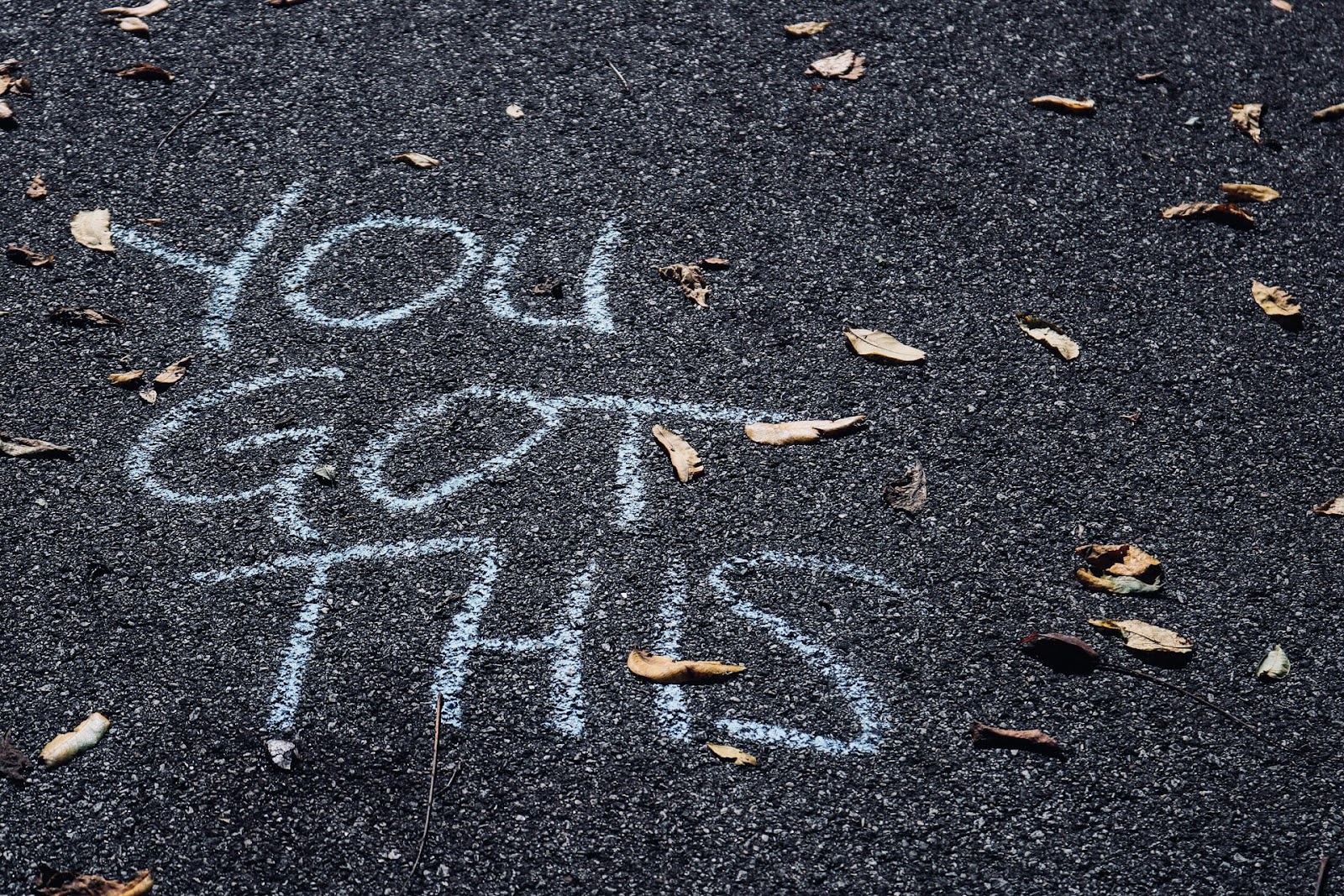
Start by choosing an affirmation that resonates most deeply with you or has some significance in relation to what you’re experiencing at the moment (for example, “I am strong and safe,” “I will breathe through this anxiety” or “This anxiety is only temporary”).
Replace any negative thoughts about yourself with positive affirmations. For example: If you are feeling nervous about an upcoming interview at school or work, it might make sense for you to replace “I’m going to bomb this” with “I’ve prepared enough – I’ll do great!”.
If you find yourself thinking, turn those negative thoughts into positive ones such as “I am a capable person who will figure this out” or “I have been through difficult situations before and I can overcome this one too.”
Check out this article for a list of anxiety reducing affirmations → HERE
Strategy 10: Do Something Fun
Switching your mindset from stress to relaxation can be as easy as doing something you enjoy. Spend some time laughing, watching your favorite movie, taking a bath, reading, or playing with your pets.

Laughter really is the best medicine! Studies have shown that laughing lowers levels of cortisol and other stress hormones. In addition, laughing also improves blood flow throughout the body which brings more oxygen to your brain and reduces feelings of nausea or dizziness associated with panic attacks.
Although engaging in a hobby or activity that you find pleasurable may not seem like the solution to all of your problems, it’s hard to argue with the fact that there are many benefits associated with it.
Aside from the fact that hobbies help you relax by giving your mind something to focus on, studies have shown that hobbies can also help reduce anxiety levels and improve overall happiness by providing positive experiences that help you get through difficult moments.
Many people have found success using arts and crafts as a way to cope with their anxiety. Other hobbies such as baking, painting, gardening, crocheting, and playing an instrument help to keep the mind grounded in the present.
Strategy 11: Get Out In Nature

As hard as it may be to believe at times, the world is a beautiful place! If you’re having trouble seeing anything positive about your surroundings, try getting outside for some fresh air instead.
Nature has certainly been shown to have many positive effects throughout the mind and body. And while enjoying the outdoors in itself can help reduce anxiety levels, being active in nature (e.g., walking through a park) can be even more therapeutic.
Strategy 12: Break out of Isolation
It is easy to slip into a negative thought loop when you are alone with your own mind so it’s important to get out of the house and surround yourself with people who care about you. This helps keep those anxious thoughts at bay as your brain refocuses on socializing instead of worrying.
Social support also sends signals to your brain that make it easier for you to be resilient when facing difficult circumstances, so do not hesitate in reaching out if you are feeling overwhelmed or in need of help!

Strategy 13: Face Your Fears
While this may seem counterintuitive, confronting your fears is a powerful tool for managing anxiety. This can be as simple as trying something new or getting out of your comfort zone.
For example, if public speaking strikes fear in you, take a public speaking class or volunteer to speak at a local event. Over time, repeated exposure to the source of your anxiety will help you learn that it is actually not as bad as you think.
To learn more about facing your fears, check out this great video on how exposure therapy can help you overcome anxiety → HERE
Strategy 14: Challenge Your Thinking
A big part of managing anxiety is challenging the thoughts that perpetuate it. When you find yourself spiraling down into a cycle of negativity, ask yourself: “Is there another way to look at this?” or “What evidence do I have that supports and disproves my negative thought?”
Cognitive Distortions are thinking patterns that are not necessarily realistic or logical but become the status quo in your brain when you struggle with anxiety.

Review this list of common cognitive distortions to learn more about what they are and how to stop them in their tracks.
- Jumping to Conclusions: Making assumptions without any evidence or information at all. For example, if your friends didn’t return text messages, you might assume they were mad at you and purposefully ignoring you.
- Catastrophizing: Overestimating the likelihood that something really awful will take place or that one little incident can completely derail your life, for example “If I don’t get an A+ on this assignment my whole GPA will drop.”
- All-or-nothing thinking: Black and white, extreme thinking – “I failed. I am a failure”
- Discounting the Positive: Ignoring positive experiences and focusing only on the negative aspects of life. For example, if your boss gives you feedback on your performance at work it would be easy to focus only on any areas for improvement instead of taking in and appreciating all the things they liked about your work.
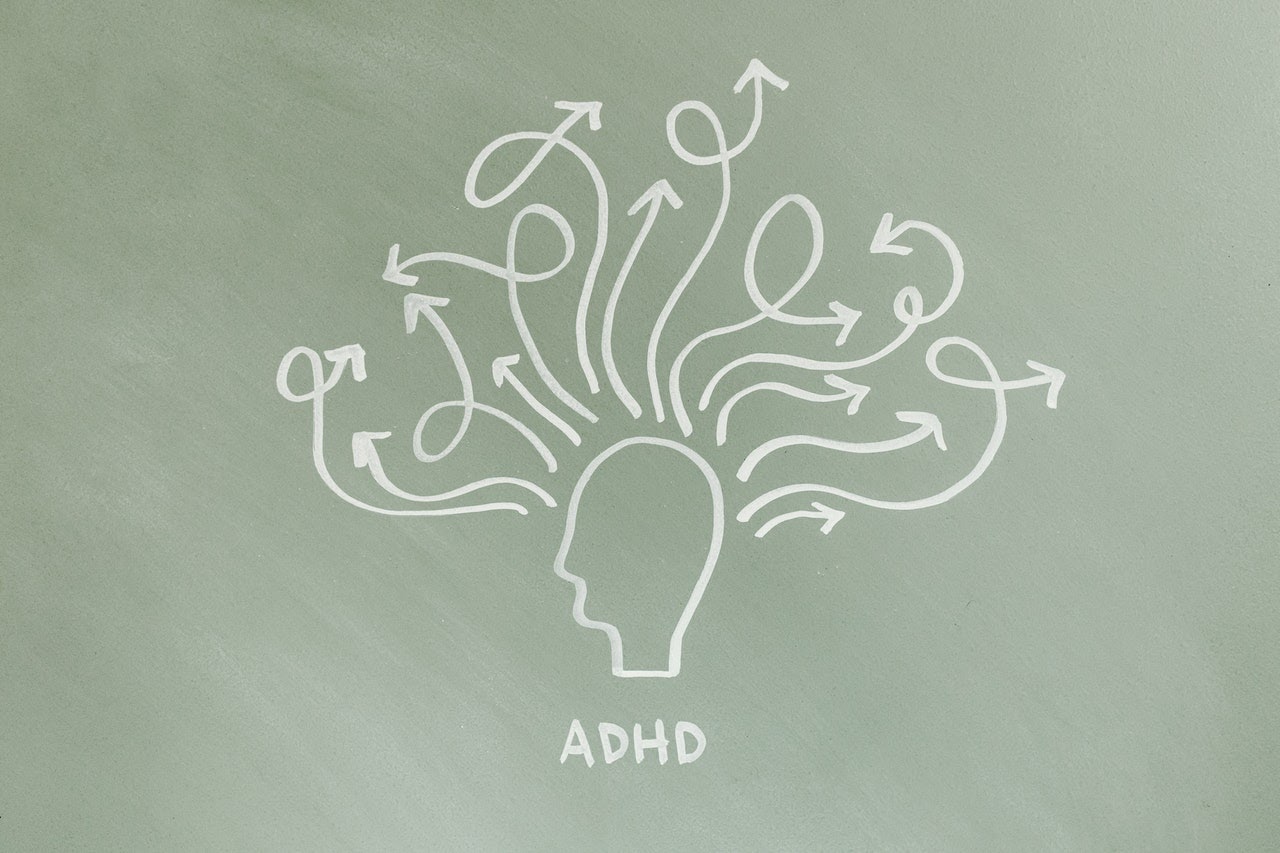
- Personalization: In this thinking trap, everything always revolves around you whether or not it truly does. For example, if someone cancels plans last minute, you think they did it because they don’t like spending time with you.
- Should Statements: You hold yourself and others to a very high standard, which leaves little room for mistakes or imperfections. In addition, this way of thinking can make you feel resentful when you fail to live up to the standards that you set for yourself and others.
Strategy 15: See a Therapist
Therapy is an invaluable tool in the process of managing and overcoming anxiety. Working with an experienced therapist can provide you with the support and guidance you need to identify your triggers and develop new coping skills to better manage anxious thoughts and improve your everyday life.

Therapy isn’t always easy but it is one of the best ways to build the self-confidence and emotional strength needed to break free from anxious thoughts and feelings.
If you think you may have anxiety find out by taking our free anxiety questionnaire → HERE
That brings us to the end of 15 Powerful Tools to Manage Anxiety.
Which tool did you find most helpful? Let us know in the comments!
Click here for more information on Anxiety Therapy.





